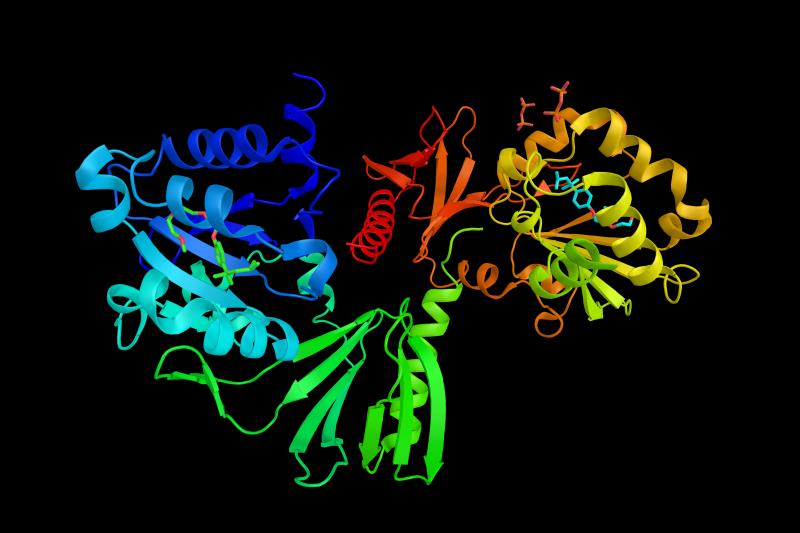
Treatment with selumetinib, an oral selective MEK inhibitor, leads to sustained reduction in neurofibroma volume and clinical benefit in children with neurofibromatosis type 1–inoperable plexiform neurofibromas, according to a recent study.
“We previously reported evidence of shrinkage of plexiform neurofibromas in children who received selumetinib, with confirmed partial responses in 71 percent of the children,” said the researchers.
“[In this study,] we confirmed our previously reported response rate … [which resulted in] sustained neurofibroma shrinkage in the majority of the patients and … found clinically meaningful benefit from treatment with selumetinib. [Also,] most responses were durable, lasting more than 1 year,” the researchers said.
This phase II, open-label trial evaluated 50 patients (median age 10.2 years) diagnosed with neurofibromatosis type 1-related inoperable plexiform neurofibromas (median target neurofibroma volume 487 mL). All participants received oral selumetinib 25 mg/m2 of body-surface area every 12 hours for 28-day cycles which continued until disease progression. Tumour response was assessed using volumetric magnetic resonance imaging after every four treatment cycles. NRS-11*, child- and parent-reported pain interference index, and PedsQL** were used to assess pain intensity, interference of pain in daily functioning, and health-related quality of life (QoL), respectively. [N Engl J Med 2020;382:1430-1442]
Seventy-four percent of the patients achieved a partial response (defined as a decrease in target neurofibroma volume of ≤20 percent from baseline), with 70 and 56 percent having a confirmed partial response*** and a durable response+, respectively.
The most common neurofibroma-related complications reported were disfigurement (88 percent), motor dysfunction (66 percent), and pain (52 percent).
After 12 months of treatment, 74 percent of the children reported a substantial decrease in tumour-pain intensity, as shown by NRS-11 score (mean change, -2.14 points), which the researchers considered a clinically meaningful improvement. This improvement was evident by 2 months after treatment initiation.
Children and mothers reported improvements in interference of pain in daily functioning (38 percent and 50 percent, respectively) and health-related QoL (mean increase in PedsQL score, 6.7 and 13.0 points; 48 percent and 58 percent, respectively).
Fourteen and 10 children showed improved strength and range of motion, respectively, indicating an increase in total strength scores (median increase of 4.8 and 3.9 percent, respectively).
Disease progression during treatment was rare (n=6), of whom 5 patients discontinued treatment due to toxic effects such as nausea, vomiting, and diarrhoea.
“Overall, plexiform neurofibroma-related functional deficits generally remained stable or improved during treatment … These results differ from existing natural-history data showing that neurofibroma-related complications worsen over time,” they noted.
*NRS-11: 11-point Numerical Rating Scale
**PedsQL: Pediatric Quality of Life Inventory
***Confirmed partial response: A partial response on consecutive restaging examinations at least 3 months apart
+Durable response: A partial response lasting for ≤12 cycles (approximately 1 year)